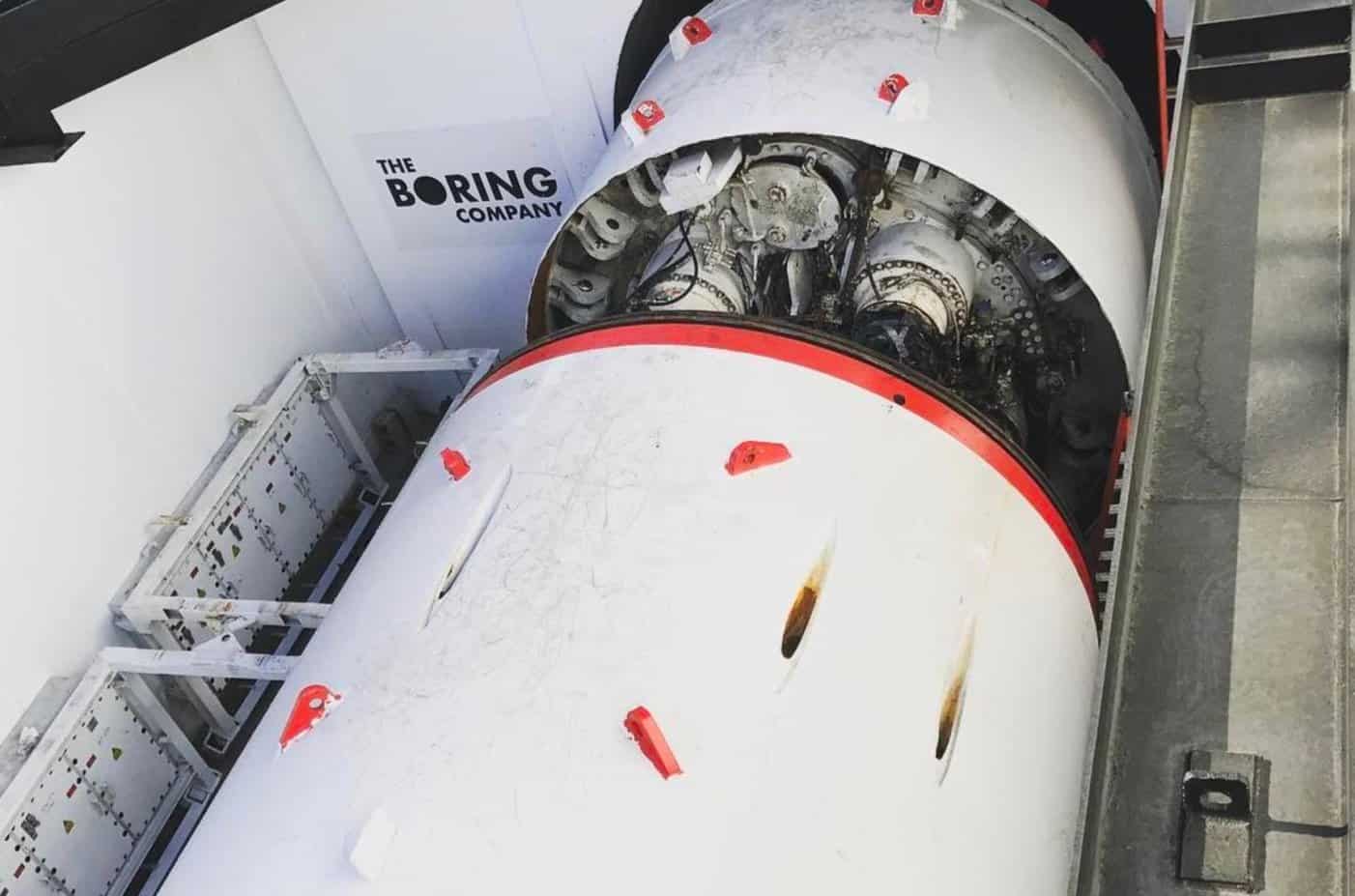
There are two bits of news about Tesla today, neither of which has anything to do with the price of the company’s stock or Elon Musk’s mental state. Tesla has filed a patent application which explains why its Solar Roof tiles look like normal shingles from street level. Also, The Boring Company has provided a 1,600 page document to the city of Los Angeles that gives copious details about the 2.5 mile long tunnel it wants to dig under the city.
Solar Tiles That Don’t Look Like Solar Panel
One of the primary purposes for creating the Solar Roof was to design something that creates electricity from the sun’s rays while keeping the look of a traditional roof. Lots of early adopters (like CleanTechnica contributing editor Kyle Field) were perfectly happy to look up and see solar panels covering the roof of their homes, secure in the knowledge that they were making clean, zero emission electricity for themselves and their family.
But in many areas — condominium developments, gated communities, and historic districts, to name a few — the look of the roof is strictly regulated. For such communities, rooftop solar systems were strictly taboo. The Solar Roof could solve that problem and the patent reveals the key to why it looks the way it does.
According to Fortune, tiny louvers are incorporated into the surface of the glass and act like window blinds. The arrangement and coloration of those micro-louvers dictate how the tiles look from street level. Some resemble ordinary asphalt shingles, some look like clay tiles, and others have the appearance of a slate roof. Viewed from above, however, they all resemble a conventional solar panel.
If you have a one story house and your neighbors have a three story house, the roof of your house will look like any other as they drive by ,but look like a rooftop solar system when they gaze down upon your humble abode from their third floor solarium. The Solar Roof has been around for more than a year now. Why Tesla has only now gotten around to filing a patent for it is anybody’s guess.
14 Foot Boring Company Tunnels
The Boring Company has a plan to create a new underground transportation system called Loop under Los Angeles. Recently, it submitted a 1,600 page document with details about its proposed system of tunnels and it contains a few surprises.
Buried (no pun intended) in that document is a table that specifies the size of the vehicles the system can accommodate, the largest of which is a D segment car, according to a report in The Guardian. A D segment car normally has a maximum width of 73 inches. The Tesla Model S is 77 inches wide and the Model X is wider still. The Model 3, however, fits the D segment criteria.
In the FAQ section of the document, The Boring Company says, “The current standard for a one lane tunnel is approximately 28 feet. By placing vehicles on a stabilized electric skate, the diameter can be reduced to less than 14 feet. Reducing the diameter in half reduces tunneling costs by 3–4 times.” The company tells The Guardian the initial focus of Loop will be transporting people and bicycles.
Everything Elon Musk gets involved in has to disrupt existing business models. The California Alternative Energy and Advanced Transportation Financing Authority has granted The Boring Company a $266,000 sales tax exclusion to build a new, fully automated concrete ring manufacturing facility. The $3 million factory will produce concrete to reinforce the tunnels it digs.
Of course, the new facility will make concrete four times faster than an existing plant, use 20% less energy, and lower air pollution by a similar amount. We have come to expect nothing less from Elon. The new facility is expected to be ready within 12 months, which means before the return of Halley’s Comet if you measure time the way Elon does.
The Boring Company is working on a plan to build an underground link from Baltimore to Washington, DC, but it sounds as if many ordinary cars won’t fit inside it. Which raises the question — what will it be used for? Perhaps no one except Elon Musk knows the answer to that question at the moment. The idea that someone would use it to transport themselves and a bicycle between the two cites seems a little far fetched. “We’ll see,” said the Zen master.

